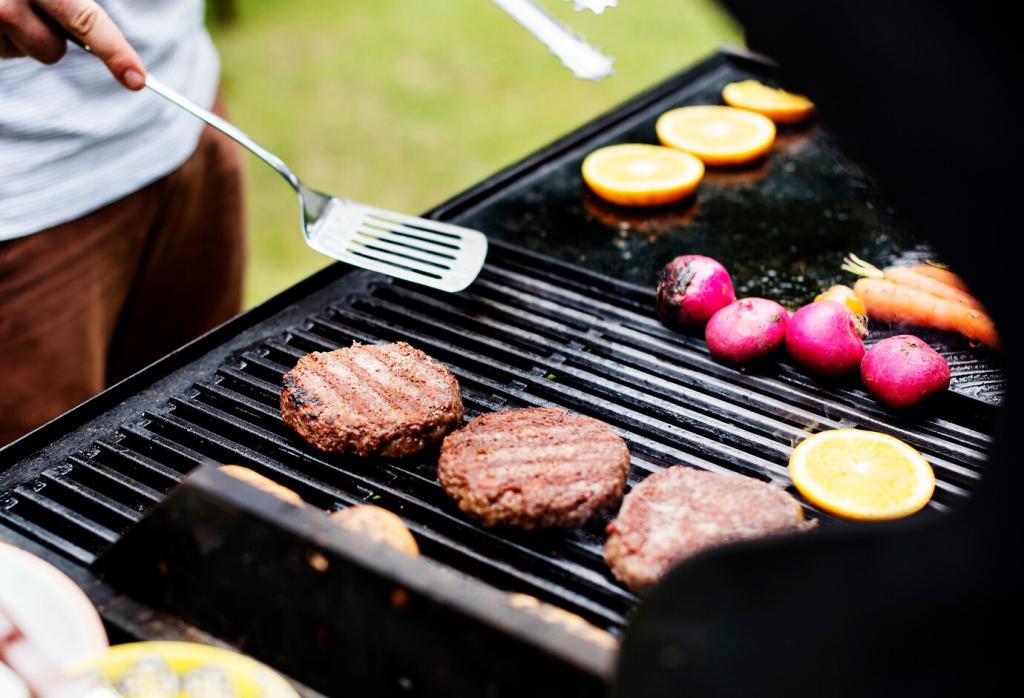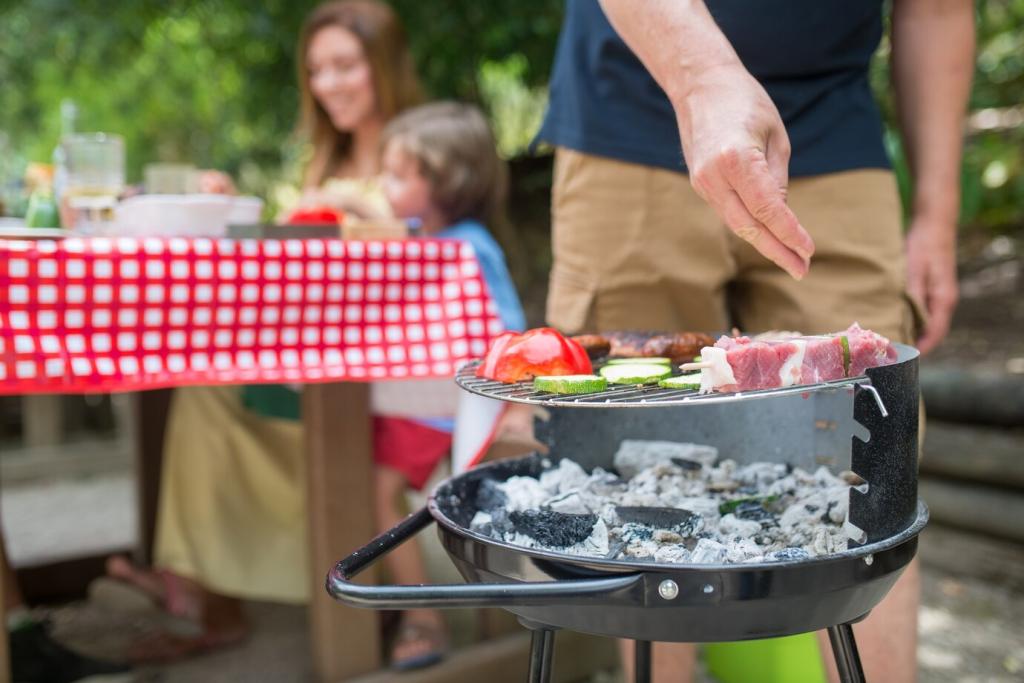Composting BBQ Waste: Tips and Tricks — Turn Cookout Leftovers into Garden Gold
Chosen theme: “Composting BBQ Waste: Tips and Tricks”. Fire up the grill, then feed your soil. Here’s a friendly, practical path to transform smoky summer leftovers into rich compost that boosts your garden and shrinks your trash bin. Share your own cookout-compost wins in the comments and subscribe for more backyard-savvy ideas.
What BBQ Leftovers Can and Can’t Be Composted
Collect vegetable trimmings, corn husks and silks, fruit rinds, salad leftovers without dressing, and coffee grounds from dessert prep. These nitrogen-rich scraps fuel microbes, heat your pile, and help BBQ waste break down efficiently.
What BBQ Leftovers Can and Can’t Be Composted
Add shredded cardboard beverage carriers, unbleached paper napkins without heavy grease, paper plates free of plastic lining, and dry leaves. Browns add carbon, soak up moisture, and keep airflow steady for a steady composting burn.

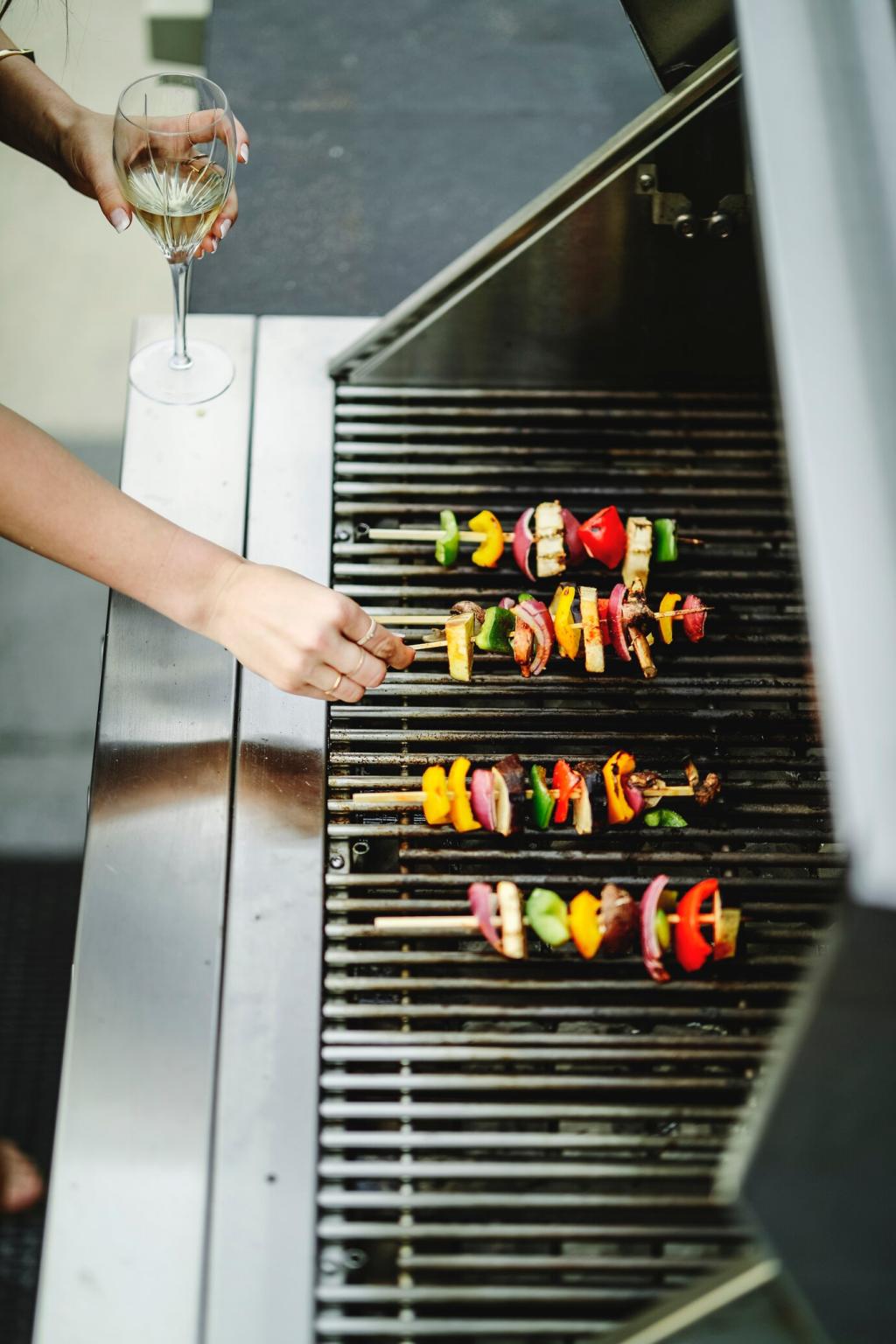
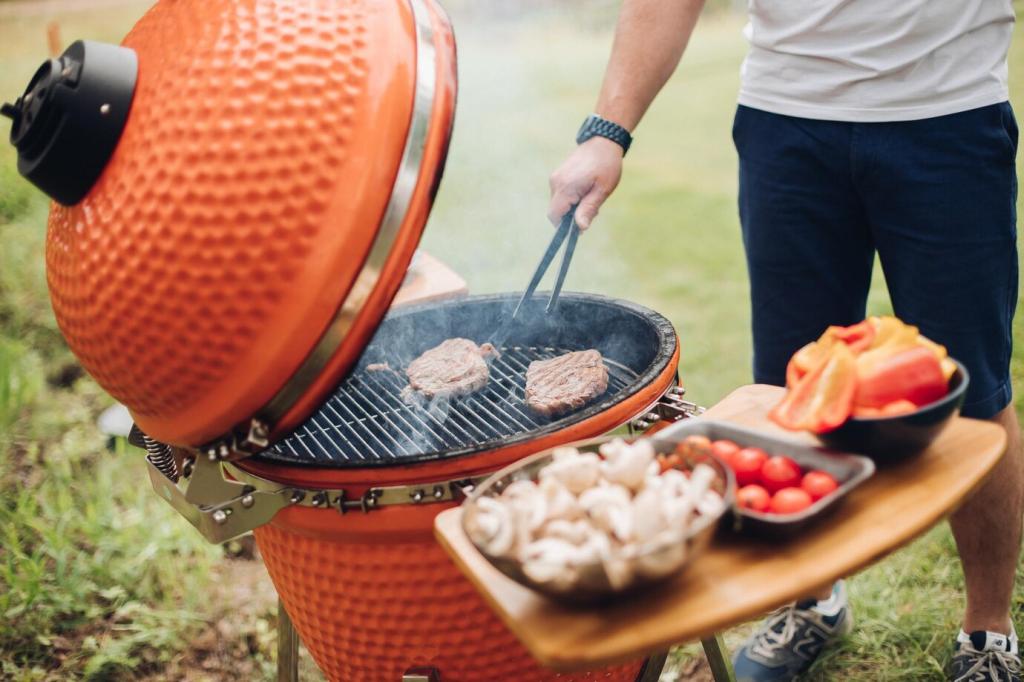
Managing Charcoal and Ash the Smart Way
Fully cooled, clean wood ash can sweeten acidic compost and add potassium. Use sparingly—no more than a thin dusting per layer, roughly under 2–5% by volume—to avoid raising pH too high and slowing microbial activity.
Managing Charcoal and Ash the Smart Way
Lump is charred wood and often safer once fully extinguished and crumbled. Briquettes may contain binders or additives. To stay cautious, exclude briquette ash from compost and never add ash contaminated with lighter fluid or drippings.
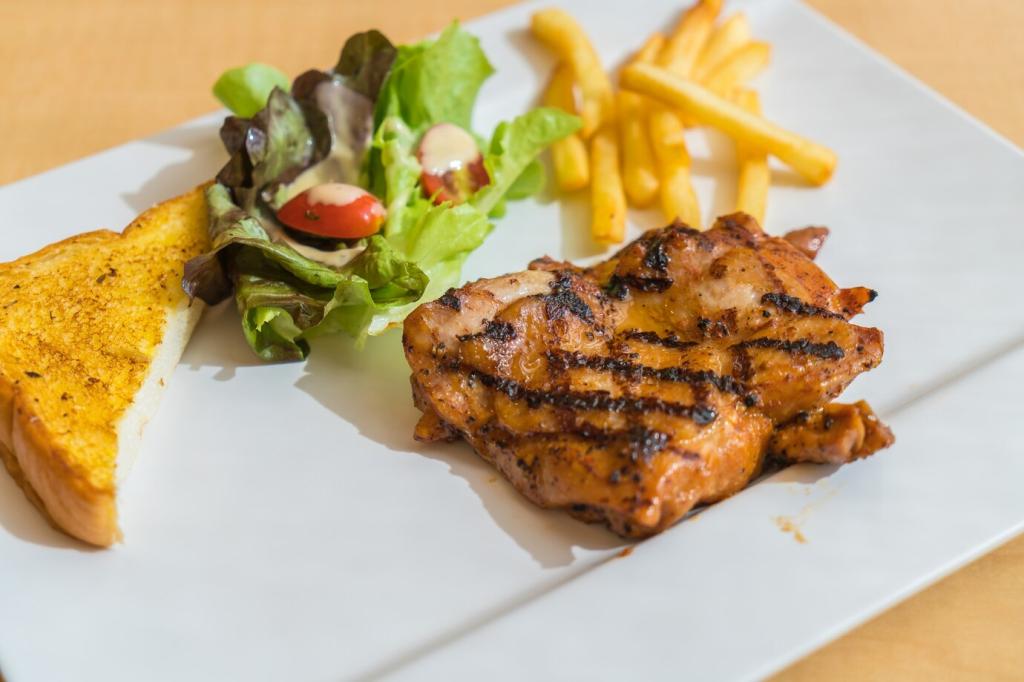
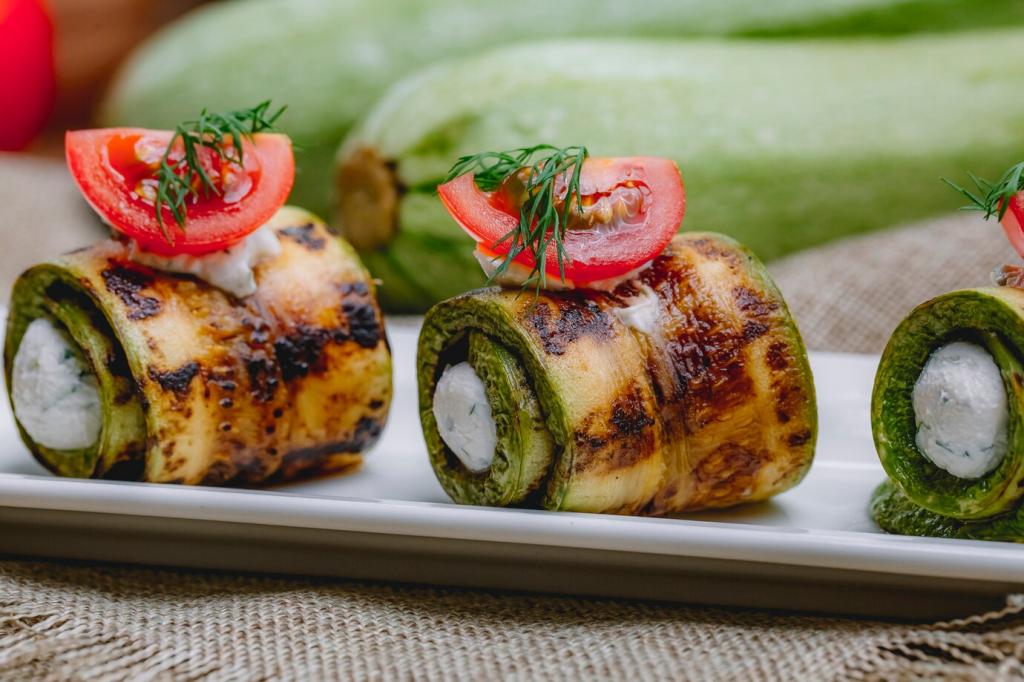

Hot Composting for Post-BBQ Safety
Aim for a 25–30:1 carbon-to-nitrogen ratio. Alternate layers of moist greens from produce and dry browns like cardboard shreds. Add a bit of finished compost as starter, then water to a wrung-out sponge feel.
Critter-Proof Composting
Use lockable-lid tumblers or a sturdy bin lined on the base with 1/4-inch hardware cloth. Elevate the bin slightly for airflow and keep a clean perimeter to discourage digging and opportunistic scavengers.
Critter-Proof Composting
Every time you add BBQ greens, bury them and cap with two inches of browns—dry leaves, shredded cardboard, or coarse wood chips. This filter locks in odors and keeps flies and animals uninterested.
Critter-Proof Composting
If small amounts of borderline scraps sneak in, ferment them first with Bokashi in a sealed bucket. After two weeks, bury the pre-treated material in an active pile or garden trench to finish breakdown safely.
Using Cookout Compost in the Garden
Top-dress raised beds, fruiting shrubs, and ornamental borders with a one-inch layer. For lawns, sift and apply thinly. Avoid using fresh compost in seed-starting mixes; it’s often too rich and biologically active.
Using Cookout Compost in the Garden
If you used a pinch of wood ash, consider crops tolerant of slightly higher pH, like brassicas. Avoid piling near acid lovers such as blueberries. When unsure, do a quick soil pH test first.


